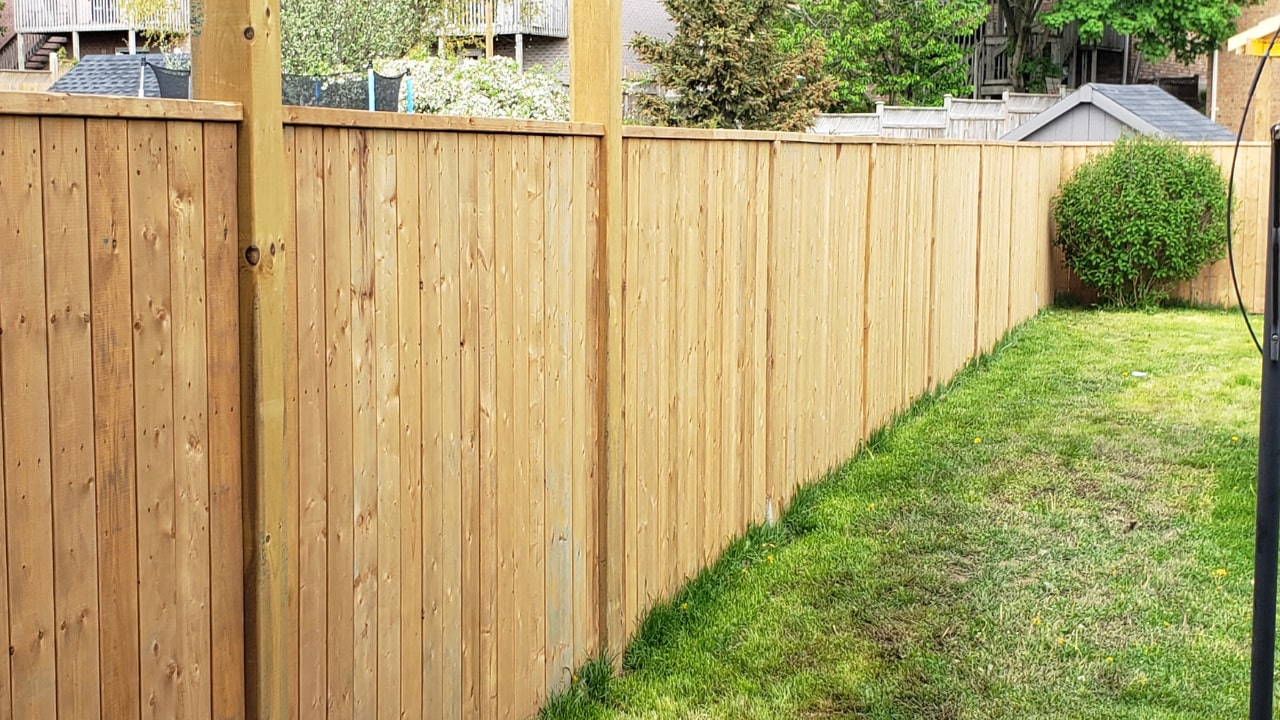In places where the wind dances wildly, setting up a fence is more like a conversation with nature than a construction project. Imagine a fence that marks boundaries and stands tall against the playful push and fierce shoves of the wind.
This isn’t just about practicality; it’s about creating a safe, enduring space in your little corner of the world, where a wind proof fence becomes an essential element of your outdoor space.
Table of Contents
Choosing Materials: More Than Meets the Eye
Selecting the right material for your wind-friendly fence is like choosing the right outfit for a windy day. You wouldn’t wear a large, billowy cape in a gust, right? Similarly, heavy materials like steel might seem strong but can act like sails in a storm.
Wood is charming but might not always hold up against a relentless wind unless designed carefully. Vinyl and some engineered woods, both sturdy and flexible, often come out as the heroes in this story. In the quest for a windproof fence, these materials offer a blend of durability and resilience that can withstand the whims of the weather.
Design: The Art of Letting Wind Through
Think of your fence design as an artist would. A solid fence wall might offer privacy, but it’s also a big target for wind. Imagine a fence with gaps or patterns – like a tree that lets the breeze whisper through its leaves. This design can reduce the wind’s pressure on the fence, striking a lovely balance between private, pretty, and practical.
Height and Placement: Playing it Smart
Taller fences might seem grand, but in the wind’s eyes, they’re just a bigger challenge. Keeping your fence at a modest height can make it less likely to turn into a wind casualty. Also, think about where you put your fence. Natural windbreakers like buildings or trees can give your fence a fighting chance against the wind.
Foundations: The Unsung Heroes
A good fence needs a strong foundation, especially when the wind gets cheeky. Posts that are deep-set and anchored firmly are like tree roots, keeping your fence grounded when the wind tries to play rough. The right foundation depends on your soil and local wind patterns, but concrete is often a trusty ally in this battle.
Reinforcing: Giving Your Fence Some Muscle
To beef up your fence, think about using thicker materials for posts and panels. Bracing your posts, especially at corners, can give your fence some extra muscle. And if you’re using wood, choosing screws over nails can keep things tight and tidy for longer.
Maintenance: The Secret to a Long-Lasting Fence
Just like anything exposed to the elements, your fence needs some TLC to stay strong. Regular check-ups for loose parts, wood treatments, and rust-proofing for metal components can keep your fence ready to face the wind day after day.
Innovations: The Future of Wind-Resistant Fencing
The world of fencing is always evolving. New materials that blend wood and plastic are showing promise thanks to their mix of strength and flexibility. Designs that smartly distribute wind pressure are also rising, indicating an increasing proficiency in accommodating the wind’s force.
Local Rules: Knowing the Lay of the Land
Before you start building your wind-resistant fence, it’s wise to peek at the local building codes. These rules help ensure that your fence isn’t just strong, safe, and in harmony with your community’s standards.
Wrapping Up: A Fence That Whispers Back to the Wind
In the end, building a wind-resistant fence is about creating harmony between your home and the playful, sometimes fierce spirit of the wind. It’s a mix of smart material choices, thoughtful design, solid foundations, and regular care. This way, your fence isn’t just a boundary; it’s a resilient, living part of your home that stands in respectful conversation with the wind.





